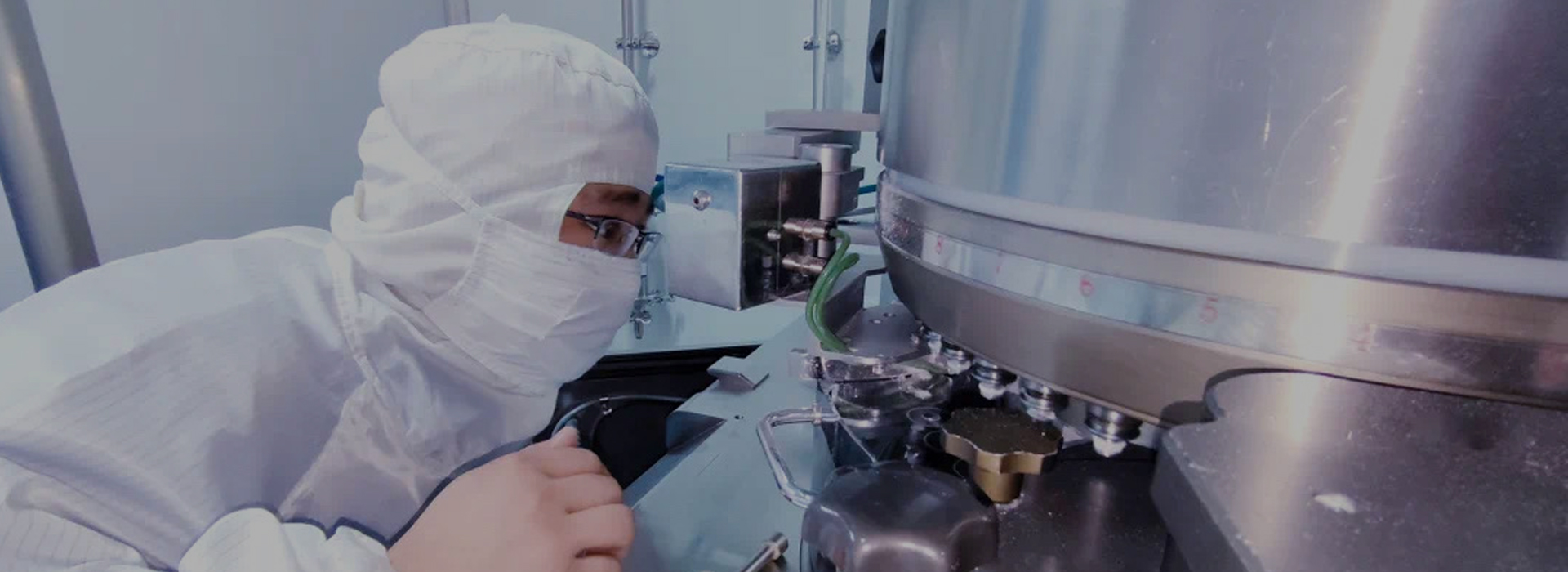The 2025 edition of "Chinese Pharmacopoeia" sterility test method publicity draft three major adjustments
Adjustment 1: Method applicability test strains
The current version of the pharmacopoeia method suitability test strain and medium suitability are not the same. Pseudomonas aeruginosa was used as the representative of gram-negative bacteria for medium sensitivity, and Escherichia coli was used as the representative of Gram-negative bacteria for method applicability. In the 2025 version of the public notice, the suitability test no longer specifies the use of Escherichia coli, but states that "Escherichia coli [CMCC(B) 44102] should be used instead of Pseudomonas aeruginosa for antibiotic products sensitive to Escherichia coli."
This adjustment takes into account the consistency with the sensitivity of the medium, the compatibility with the European and American pharmacopoeia, and the microbiological detection risk of some Escherichia coli sensitive drugs. In response to this adjustment, the laboratory needs to determine whether the test product is an antibiotic, if not, it can be a headache; If so, it is necessary to determine whether the test product has a stronger inhibitory effect on Pseudomonas aeruginosa or on Escherichia coli, and according to the results, determine whether it is necessary to supplement the applicability of the method for related strains.
Adjustment 2: Frequency of positive control
Positive control requirements from the original requirements of each batch, and the publicity described as "the laboratory should be based on the requirements of quality risk management, based on product characteristics, method suitability test results, personnel skills and experience, data reliability, pollution control measures and laboratory quality control level and other factors, Comprehensive evaluation to determine the necessity, frequency and requirement of positive control tests in routine testing." European and American pharmacopoeia does not require positive control in sterility test at present, the company determines the frequency of positive control according to its own risk analysis, and China has been requiring positive control for each batch of sterility test. This adjustment is a major concession to ICH, and it seems that positive controls can no longer be performed so frequently. However, how to determine the frequency of positive control has become a new topic. At present, it is recommended to evaluate according to the bacteriostasis of the tested product, historical data and the control ability of the laboratory. The most conservative is to retain the current batch, but it can also consider selecting a batch of products for each experiment, or specify how many times the sterility inspection is carried out. The above frequency needs to be supported by certain experiments and risk analysis data, and the specific implementation is still difficult, and it is estimated that there will be a transition process. In particular, for tests involving the adjustment of flushing volume or sterility test methods (see Adjustment III) and newly developed products, positive control is recommended for each batch in the short term.
Adjustment 3: Upper limit of flushing volume adjustment
The requirements of the 2020 edition of the Chinese Pharmacopoeia for the amount of washing are as follows: "The amount of washing per filter membrane is generally 100ml, the total amount of washing is generally not more than 500ml, and the maximum shall not exceed 1000ml..." The new version of the publicity is further described as "but even if the applicability test of the method confirms that the method has not completely eliminated the bacteriostatic, each filter membrane flushing generally should not exceed 5 times, and each flushing volume is 100 ml."
This adjustment is also in line with international standards, and poses a challenge to the detection of microorganisms in the current rinse volume of more than 500ml. For products with strong bacteriostatic properties, if the current rinse volume exceeds 500ml, the method needs to be adjusted to achieve microbial detection as much as possible. Methods In the applicability test, the effect of flushing could be improved to some extent by reducing the rotation speed of the bacteria collector, adding emulsifier and heating flushing solution. The use of enzyme, neutralizer and low adsorption filter membrane can also reduce the residue of the test product and achieve the detection of microorganisms. In particular, antibiotics with matching enzymes can greatly reduce the residue of antibacterial ingredients after the use of enzymes, reduce the amount of washing while ensuring the detection of microorganisms.
The above is the 2025 edition of the "Chinese Pharmacopoeia" of the three major adjustments and analysis, the adjustment of the announcement also includes biological products thioglycolate circulation medium without low temperature culture, wetting filter membrane and media suitability check operation description adjustment, etc., it is recommended that you read it carefully. With the continuous integration of China's pharmaceutical industry and international standards, drug testing will gradually unify with global standards. However, China's requirements for drug quality control will not be reduced, but require enterprises to take pharmacopoeia as the key line, improve their own requirements, do a good job in risk analysis and control, and carry out drug quality control through process control and improve their own requirements for products.









 Tel:
Tel: Mobile/WeChat:
Mobile/WeChat: WhatsApp:
WhatsApp: